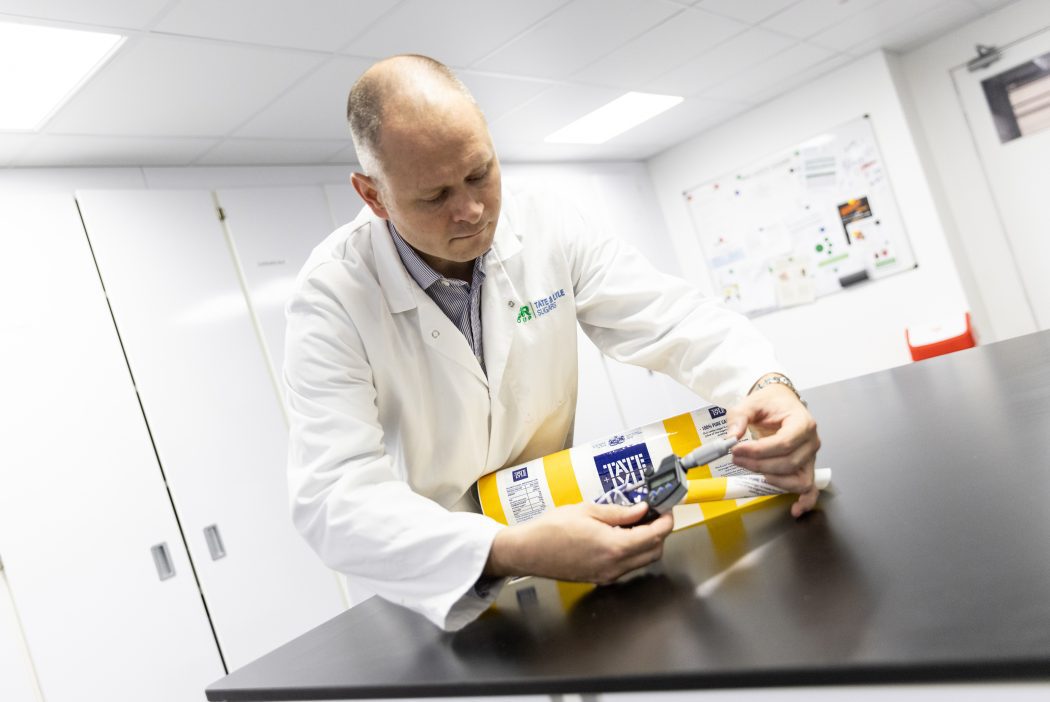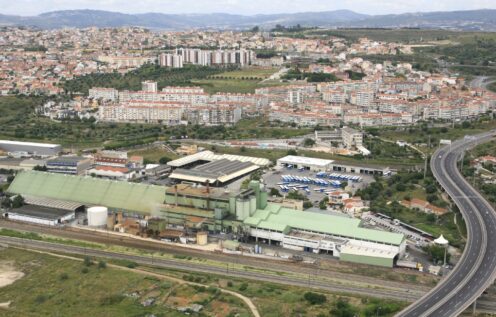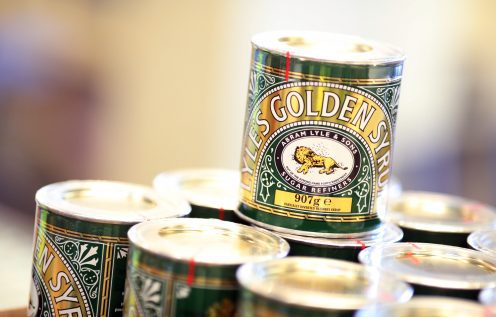15/03/2024 Case study
We’re working hard to find the right solutions to make progress against our target for 100% of our packaging found in customers’ homes to be recyclable by 2025.
Currently, 94% of our retail packaging is recyclable. Most of our white sugar is packaged in paper bags, which are easily recycled at home. The nature of our other products, such as beverage syrups and brown sugars however, present us with a challenge. The moisture content of these products means that plastic is the most practical packaging solution to prevent food waste. In looking for more sustainable alternatives, regulations governing materials in contact with food can restrict our options. Also while some materials are technically recyclable, there are few curbside schemes that achieve this in practice. This gap is an industry-wide challenge, driven primarily by a lack of collection and recycling infrastructure in communities.
Designing for circularity
To do our part, we’re committed to designing our packaging for circularity, ensuring we use the minimum packaging possible to get our products safely to our customers, and remove product packaging which cannot be eliminated, reused, or recycled.
A good starting point is to reduce the amount of plastic we use in the first place, either by replacing it with a different packaging solution such as cardboard, using less packaging material or by using lighter designs.
Our 3kg Tate & Lyle granulated sugar, designed for use in busy restaurant or café kitchens, is now packaged in a cardboard box, with an integral cardboard lid. This change has resulted in four tonnes of plastic being removed from our packaging each year. Another two tonnes of packaging have been removed by shortening the length of each of our T&L sweetener stick portions by 10mm.
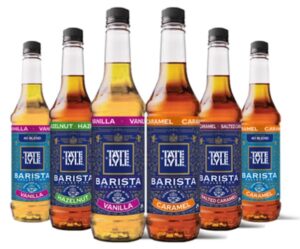 Reducing the amount of plastic material in a product by just a few grams can make a huge difference across an entire product range. Sometimes a rethink of how we design, make and package products is the best way to reduce plastic. For example, we have changed to filling our T&L beverage syrups in to bottles while the syrup is warm rather than hot, which has had to the dual benefit of reducing the amount of energy required to heat the syrup, but also reduced the weight of the plastic bottle it is poured in to by 15%.
Reducing the amount of plastic material in a product by just a few grams can make a huge difference across an entire product range. Sometimes a rethink of how we design, make and package products is the best way to reduce plastic. For example, we have changed to filling our T&L beverage syrups in to bottles while the syrup is warm rather than hot, which has had to the dual benefit of reducing the amount of energy required to heat the syrup, but also reduced the weight of the plastic bottle it is poured in to by 15%.
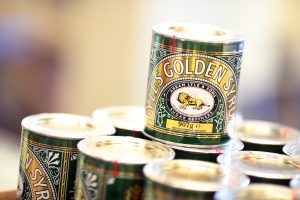
Finally, we’re committed to removing product packaging which cannot be eliminated, reused or recycled. We have removed the polyvinyl chloride (PVC) tamper seal on our Lyle’s Golden Syrup tin. While PVC is a durable and long-lasting plastic and a useful material to protect our tins and provide tamper evidence to show if a tin has been opened before purchase by the consumer, PVC is not recyclable and cannot be successful incinerated, and will therefore likely end up in landfill. We have replaced the PVC with polyethylene terephthalate (PET) plastic. PET is a transparent type of strong plastic that does not react with foods, keeps food safe from germs and does not degrade when exposed to air or moisture for an extended period of time. It can be recovered and recycled into new products again and again, reducing the amount of resources wasted.
We have also successfully changed the plastic pot of our 20g Lyle’s Golden Syrup portions used by customers in cafes and restaurants from PVC to PET plastic. Each Lyle’s Golden Syrup 20g portion pot is made up of around 30% recycled plastic and it can be recycled.
The challenge we still face
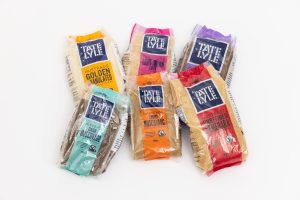 We have made progress against our target for 100% of the packaging found in our customer’s homes to be recyclable by 2025, but we still have more to do. Our biggest challenge is packaging our brown sugar. Our brown sugar plastic bags are presently not recyclable. We are currently trialing alternative types of plastic film across our brown sugar product range, which would be recyclable at collection points in supermarkets.
We have made progress against our target for 100% of the packaging found in our customer’s homes to be recyclable by 2025, but we still have more to do. Our biggest challenge is packaging our brown sugar. Our brown sugar plastic bags are presently not recyclable. We are currently trialing alternative types of plastic film across our brown sugar product range, which would be recyclable at collection points in supermarkets.
